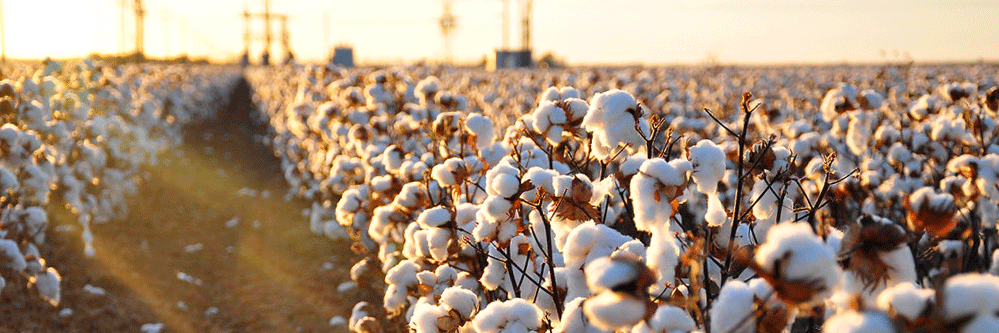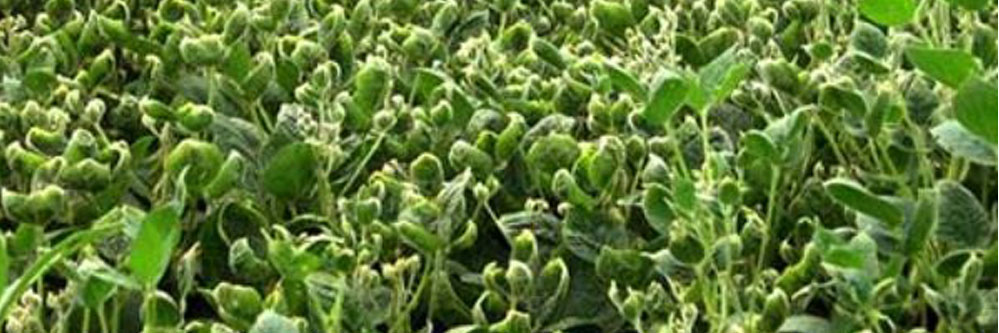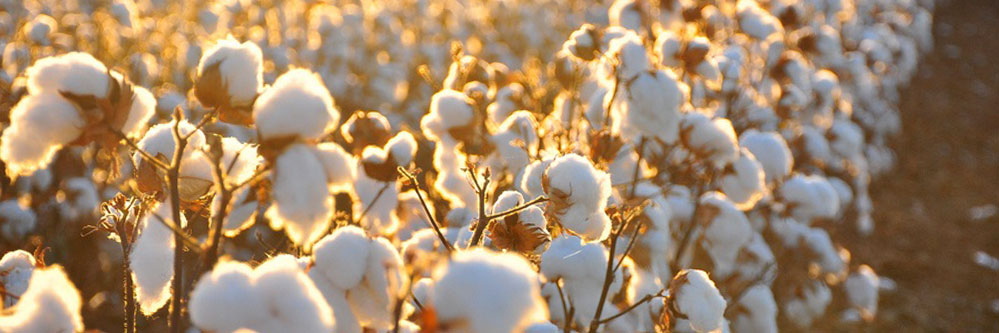Farming Cotton? Learn Establishment Tips from One of Our Cotton Experts
Cotton is traditionally found in southern states of our trade area such has Texas and Oklahoma. Recently it has been moving north into non-conventional areas, with continued low grain prices. If you’re adventuring into cotton, Crop Quest is here to help. We have a network of Crop Consultants across the high plains with a lot [...]




